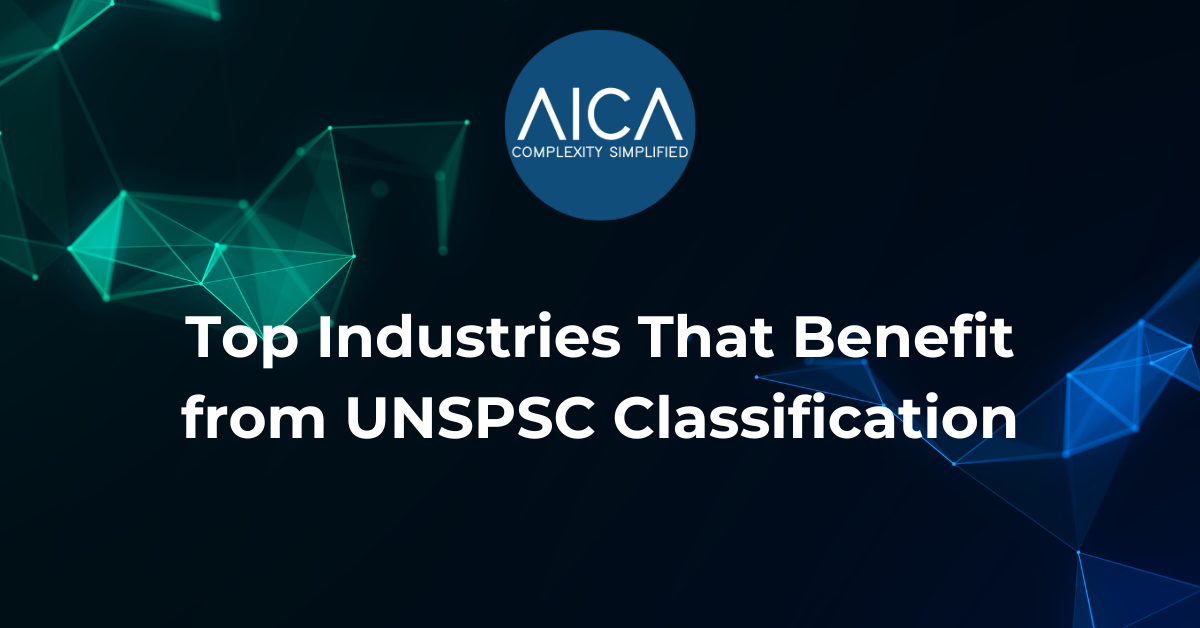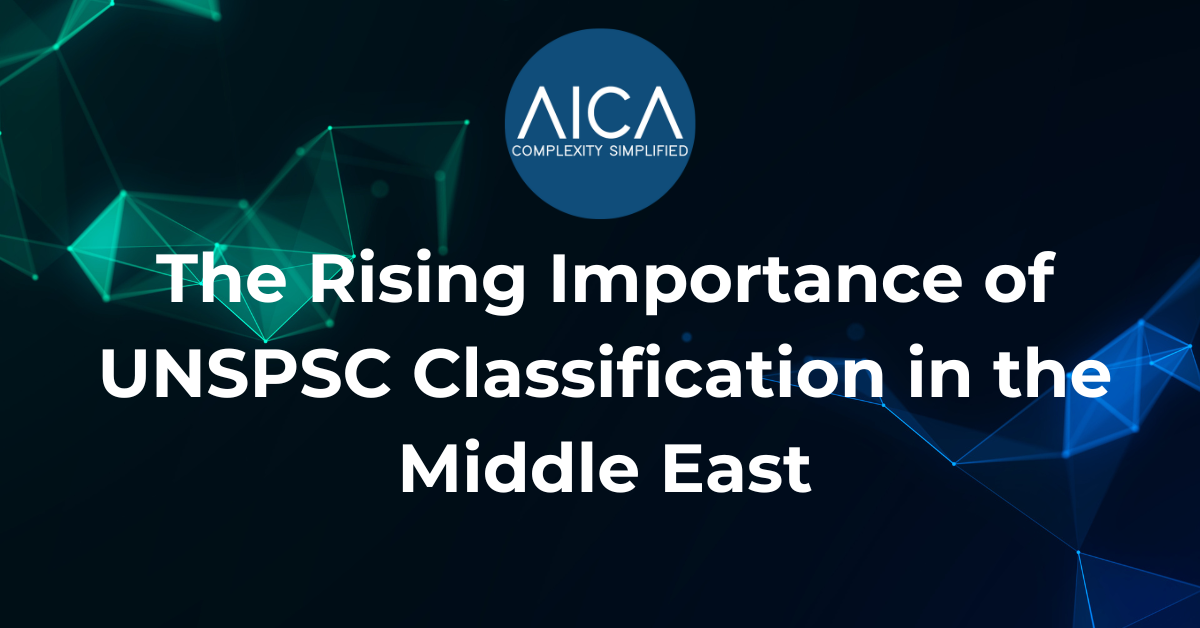Welcome to the AICA Resource Hub
The definitive resource for advancing your knowledge in Product Data Management, Artificial Intelligence, and Machine Learning.
Uncover valuable insights through our curated YouTube videos and thought-provoking blog posts
Our Video Content










Articles
Case Studies
See how AICA has achieved Real World Results
How AICA's Data Strategies Enhanced the Efficiency of an Industrial Plant
An industrial processing plant in Africa embarked on a journey with AICA to revamp its procurement, warehouse management, supply chain, and maintenance processes.
View ResultsRevolutionising Mining Operational Efficiency with AICA
AICA, in collaboration with a channel partner, embarked on a journey to revolutionise data management for a mining operation in the United States.
View ResultsTransforming Product and Service Classification with AICA's AI Solution
A leading industrial supplier partnered with AICA to efficiently classify vast catalogues of products and services using AI-driven classification.
View ResultsHow Poor Spelling Causes Duplicate Data
This case study highlights the impact of misspellings on data integrity and operational efficiency, focusing on how they lead to duplicate data entries.
View Results
The AICA E-Book: Leveraging AI to Clean and Enrich Product Data Management Systems
In an age where data accuracy and efficiency are paramount, this E-Book offers a deep dive into the transformative role of Artificial Intelligence and Machine Learning in revolutionising Product Data Management systems. Through a detailed exploration of common data challenges, the pitfalls of integrating unclean data, and the profound impact of AI and ML technologies, the e-book provides actionable insights and best practices to navigate the intricate world of PDM.
It serves as a comprehensive resource for organisations looking to optimise their data management processes, enhance operational efficiency, and secure a competitive edge in the digital marketplace.










